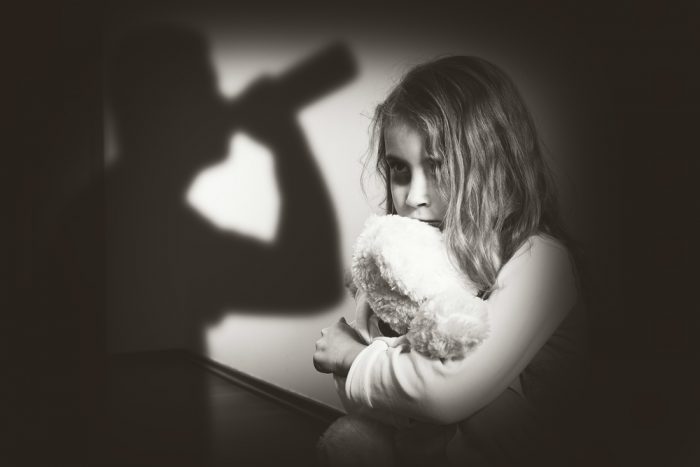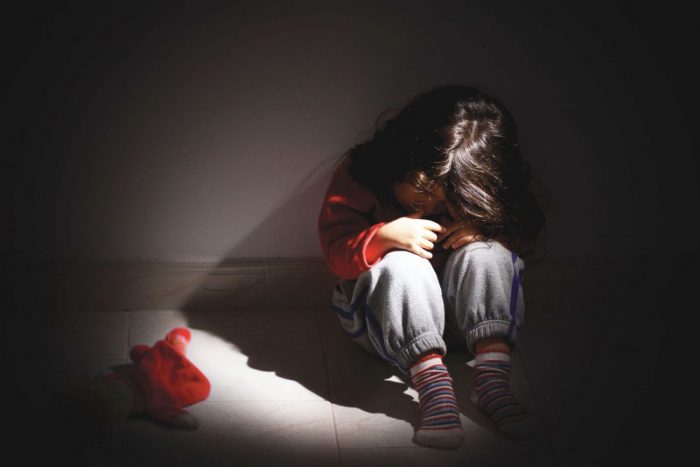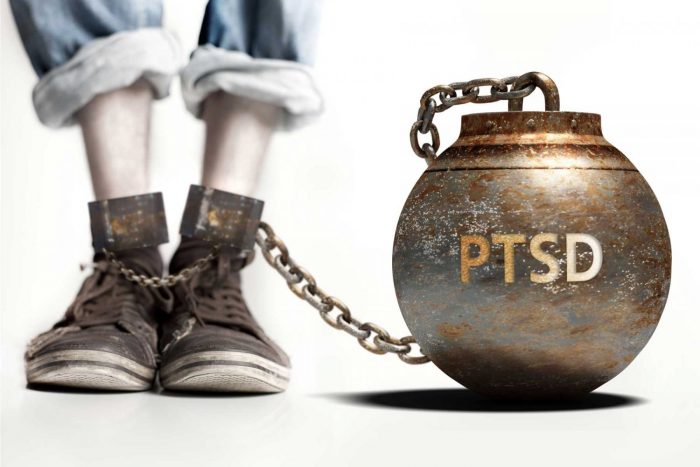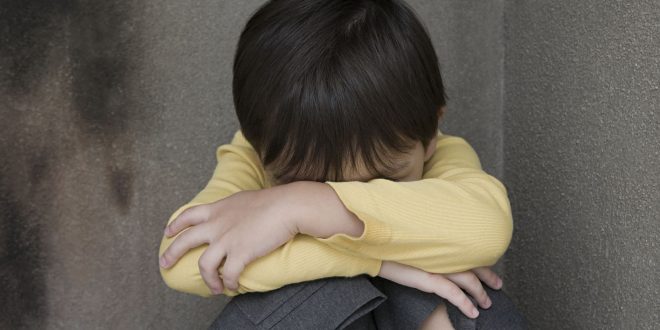A frightening, hazardous, violent, or life-threatening incident that happens to a child up to 18 years of age is referred to as childhood trauma. This is a very serious situation that might have long-term implications and thus needs to be taken care of very delicately.
When a child has these kinds of experiences, they may seem overwhelmed, agitated, or powerless. Even though it seems like everyday life to an adult, ongoing stress, such as living in a hazardous area or being the target of bullying, may be traumatic.
Today, various ways to cope with this trauma range from personal coping mechanisms to different kinds of therapy. Many online resources spread awareness about such underlying conditions as well, such as BetterHelp.
It is important to understand childhood trauma and be sensitive in order to turn different spaces into positive environments for people with a mental illness or symptoms of trauma.
The following article does include some brief definitions of types of childhood trauma. Please be aware of potential triggers, and consider the hotline 800.799.SAFE (7233) if you or a child may be in danger.
Effects of childhood trauma

Complex trauma can affect children in various different ways. The following are some commonly seen effects.
-
- When a child’s primary caretakers mistreat or exploit them, they can develop a negative view of themselves and the world in general. The majority of abused or neglected children struggle to form a strong, healthy bond with a caregiver.
- It is possible for childhood trauma to physically manifest itself. The development of the brain and nervous system can also be hampered by stress in the environment.
- In neglectful circumstances, a lack of mental stimulation may prevent the brain from reaching its full potential. Chronic or recurrent physical problems, such as headaches or stomach aches, may develop in children with complicated trauma histories.
- Adults who experienced childhood trauma may have more chronic bodily illnesses and issues.
-
- Children who have been through severe trauma may have difficulties identifying, expressing, and controlling emotions, as well as limited vocabulary for expressing and managing feelings.
- They frequently internalize or externalize stress reactions, leading to major sadness, anxiety, or rage.
- Children who have been through severe trauma may have difficulties identifying, expressing, and controlling emotions, as well as limited vocabulary for expressing and managing feelings.
-
- Dissociation is common in children who have experienced significant trauma. When children are confronted with a frightening or overpowering situation, they may dissociate or psychologically remove themselves from it.
- They may believe they are separate from their bodies, floating on the ceiling or elsewhere in the room, witnessing what is going on with their bodies.
- Dissociation is common in children who have experienced significant trauma. When children are confronted with a frightening or overpowering situation, they may dissociate or psychologically remove themselves from it.
Different types of childhood trauma

A child might be influenced by trauma in a variety of ways. Here are a few examples:
- Sexual or physical abuse
- Bullying
- Natural disaster (hurricane, earthquake, flood)
- Car or plane crashes
- War
- Witnessing a death, murder, or suicide
- Kidnapping
- Shootings
- Rape or incest
- Fires
- Severe neglect
- Violence in the home
- Hostage situations
There are different forms of sexual abuse, where even if it is not physical, it can lead to serious consequences, like forcing the kid to be naked in front of adults. The effects can result in behavioral changes that could follow the young person throughout their whole life. The same is for rape and incest.
When it comes to bullying, unfortunately, it is common in elementary and high schools. A group of kids might find some other child to be too weak, both mentally or physically, and become aggressive. It can be physical, where other kids might be violent and hit the kid, or verbal, where they are teasing the child, call it by different names, make fun of it all the time, and more.
Another form is online bullying, which is common in the modern era where everyone is using social media, and it is as serious as other forms. The main problems are decreased confidence, social behaviors, and even mental issues. The best solution is to react on time if you notice sudden changes in the behavior of your child.
When it comes to natural disasters, they can be very traumatic for kids, and it is essential to help them by taking them to professional and resolve the emotional issues they might have. The same is with car accidents and other situations.
If the kid is witnessing extreme violence like war, killing, shooting, and more, it can lead to mental problems and trauma. These kids might form a social distance from others and even serious issues like PTSD.
Having violent parents is also dangerous for them. Many people are not even aware of the fact that expressing their behavior in front of the child, like when the husband and wife are having a fight in front of the kids, could have serious consequences for its emotional state.
An even bigger problem is when people are too harsh to kids, or when they are showing how they are nervous all the time, emit their frustrations on the kids, and more. The results could be different related to situation, level of violence in the home, and the behavioral habits of the child.
Therefore, the kid will either become violent as well, and express that on the streets and in the school, or to develop low self-esteem, and other problems that can lead to depression and anxiety.
Even if the event did not appear extremely dangerous, general violence or an unforeseen tragedy can be upsetting to a child. Attendance at a trauma treatment facility or regular therapy sessions is typically suggested after a traumatic incident such as those described above.
Post-traumatic Stress Disorder (PTSD)

PTSD is a psychological condition that affects people of all ages. A child with PTSD could have recurring nightmares and flashbacks to a traumatic experience.
PTSD symptoms may appear quickly after a traumatic incident. Alternatively, they might take 6 months or more to occur. Some children with PTSD suffer from long-term consequences. For a long time, they may feel emotionally numb. PTSD in children frequently develops into a long-term (chronic) issue.
Symptoms of post-traumatic stress disorder (PTSD) commonly appear about three months after a stressful incident. They can, however, begin months or years later.
PTSD does not affect every child or adolescent who has experienced a traumatic event, and not every child reacts the same way. If symptoms persist for more than a month and have a detrimental impact on the child’s life and ability to function, PTSD may be recognized.
PTSD can be diagnosed by a child psychiatrist or mental health professional using a mental health assessment.
The effects can be different from child to child, and in most cases, they can form issues with trusting other people, increased aggressive behavior, low confidence, bad habits, depression, and more.
Some consequences could follow them throughout their life, like depression, cardiovascular problems, asthma, diabetes, and other forms of mental and physical diseases.
Conclusion
Childhood trauma is a serious issue in our society that needs to be handled with the highest level of sensitivity. It is important to have awareness about the issue to do so.
It is a complex phenomenon that has various underlying causes and triggers. It should be diagnosed by a mental health professional. Please contact the relevant authorities if you suspect a child has experienced some kind of trauma.
The best solution is to react on time. If your kids suffered any form of trauma, it is essential to support it and provide them with proper help. Try to be more honest, and motivate the child to express their feelings so you can find the best way to help. Moreover, if you notice that some other kids might be facing serious problems with violence and other things related to trauma, never hesitate to call child support services and the police.
 Hi Boox Popular Magazine 2024
Hi Boox Popular Magazine 2024



